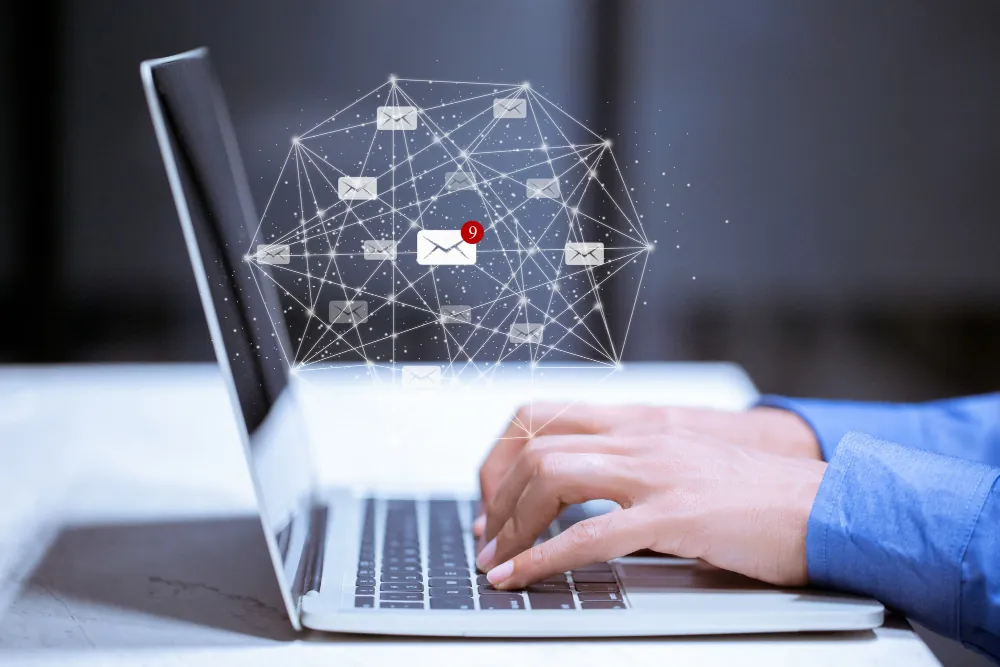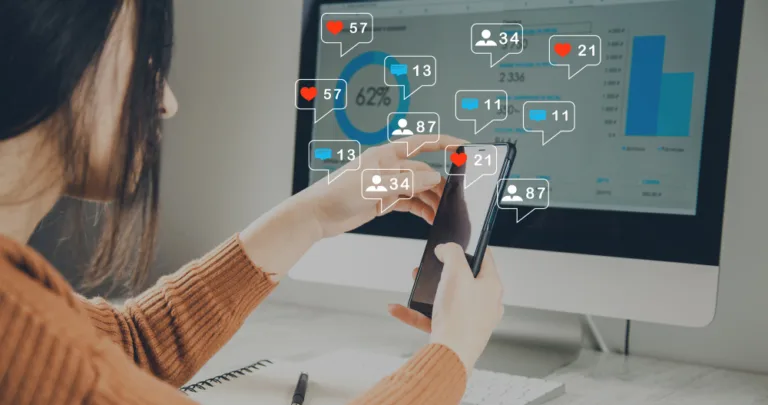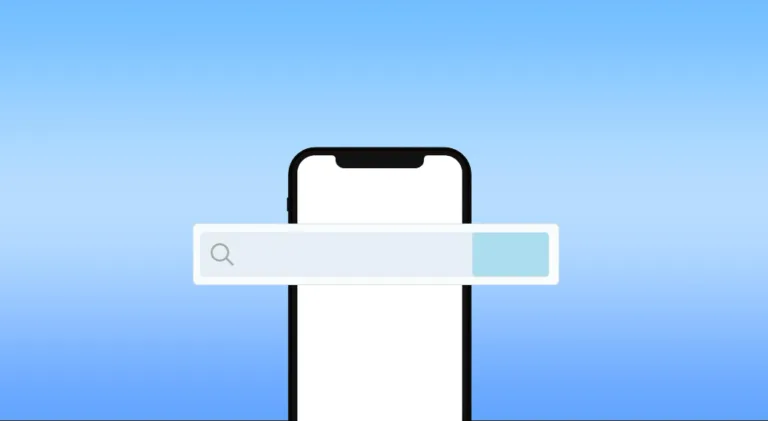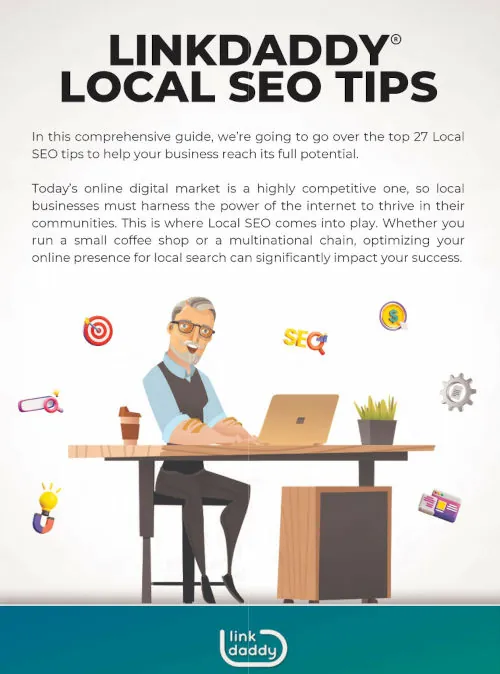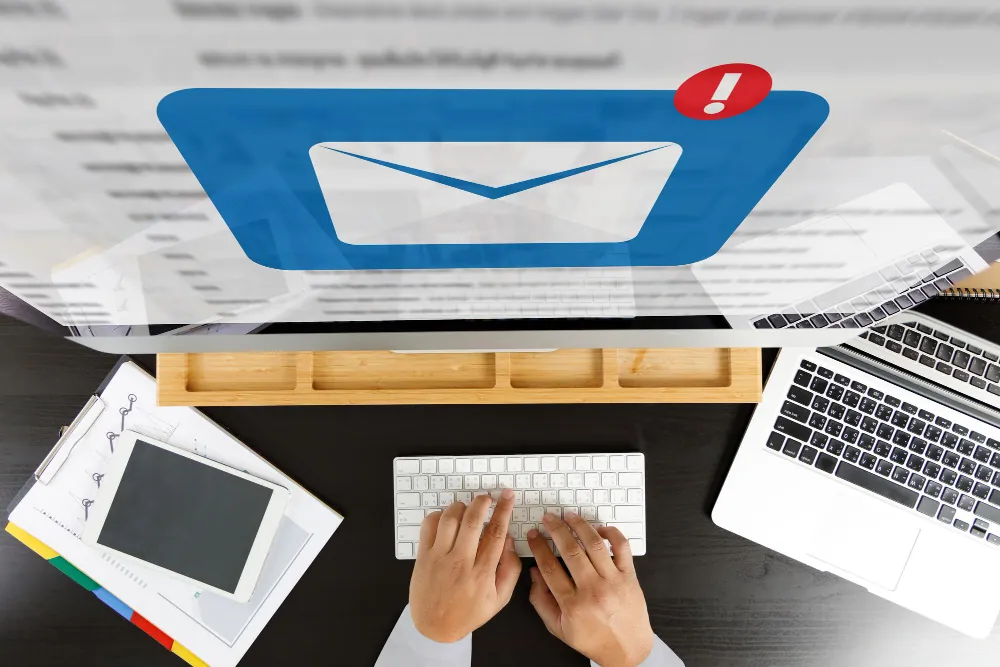
Communication has evolved drastically, making it vital to adapt our marketing strategies to meet the changing needs of our customers. One of the most powerful tools at our disposal is email marketing. In this blog series, we will explore the importance of email marketing in driving customer engagement and building lasting relationships.
Email marketing is more than just a simple transactional tool; it is a powerful platform that allows businesses to connect with their audience directly. With the ability to reach a vast number of potential customers instantly, email marketing has become a staple for businesses of all sizes.
One of the most important advantages of email marketing is its potential to increase consumer interaction. By delivering tailored content directly to the inbox of our subscribers, we have the opportunity to capture their attention and encourage them to take action. Whether it is promoting a new product, sharing valuable content, or providing exclusive offers, email marketing enables us to create a conversation with our audience. By leveraging personalization and segmentation techniques, we can ensure that each email resonates with the recipient, making them more likely to engage and convert.
Moreover, email marketing allows us to build lasting relationships with our customers. By consistently delivering valuable and relevant content, we can establish ourselves as a trusted source of information and maintain top-of-mind awareness. With every email sent, we have the opportunity to deepen our connection with the reader, fostering loyalty and maximizing customer lifetime value.
In this blog series, we will dive into the various aspects of email marketing, including best practices, strategies, and case studies. We will explore how to optimize email campaigns, increase open and click-through rates, and leverage analytics to continually improve our efforts. Our goal is to help you harness the power of email marketing to drive customer engagement, build lasting relationships, and achieve your business objectives.
So, whether you are new to email marketing or looking to enhance your existing strategy, stay tuned for our upcoming posts filled with tips and insights to take your email marketing to the next level!
Crafting Compelling Email Content
Email marketing is a powerful tool that allows businesses to connect with their audience directly and effectively, but with the ever-increasing amount of email noise in our inboxes, it can be challenging for marketers to grab their recipients’ attention. This is where well-crafted email content becomes crucial.
Here are a few tips to help you create engaging email content that will captivate your recipients:
Engaging Subject Lines:
- Keep it short and sweet: Most people quickly scan their inbox, so make sure your subject line is concise and gets to the point.
- Use personalization: Address your recipients by their first name in the subject line to make it more personal and increase open rates.
- Create a sense of urgency: Include phrases like “limited time offer” or “exclusive deal” to encourage immediate action.
- Ask a question: Pose a thought-provoking question to pique your recipients’ curiosity and compel them to open your email.
Personalized Greetings:
- Use the recipient’s name: Again, personalization is key here. Addressing your recipients by their names adds a personal touch and shows that you care about them as individuals.
- Show appreciation: Begin your email with a sincere thank you or a personalized compliment to make your recipients feel valued.
Concise yet Impactful Email Body Content:
- Use bullet points: Breaking your content into bullet points makes it easier to read and digest, allowing your recipients to quickly grasp the main points.
- Use compelling visuals: Incorporate eye-catching images or videos that support your message and entice your recipients to engage further.
- Offer valuable content: Make sure your email provides something of value to your recipients, whether it’s a helpful tip, an exclusive discount, or industry insights. This will keep them engaged and eager to hear more from you.
Successful Email Campaign Examples:
- Airbnb’s personalized recommendations: Airbnb sends emails with personalized recommendations based on the recipient’s past bookings or saved listings. This targeted approach makes the recipient feel special and increases engagement.
- Grammarly’s weekly usage report: Grammarly sends weekly email reports summarizing the user’s writing statistics, such as their top mistakes and vocabulary usage. This personalized email keeps users engaged with the product and provides them with valuable insights.
Remember that every email you send is an opportunity to make a connection and build a relationship with your recipients. By crafting compelling email content with engaging subject lines, personalized greetings, and impactful body content, you can effectively grab your recipients’ attention and create lasting engagement with your audience.
Segmentation and Personalization Techniques

Segmentation and personalization are two important techniques in email marketing that can significantly improve the effectiveness of your campaigns. By dividing your audience into different segments based on their characteristics and preferences, you can create targeted messages that resonate with each group.
Audience segmentation involves dividing your email list into smaller, more specific groups based on demographics, behaviors, and preferences. This allows you to send relevant content to each segment, increasing the chances of engagement and conversion. For example, if you run an online clothing store, you can segment your audience based on gender, age, and previous purchases. By sending tailored emails to each segment, you can showcase products that are more likely to appeal to them.
Personalized email campaigns take segmentation to the next level. Instead of just sending relevant content to different segments, you can customize the content of each email based on individual user preferences and behaviors. This level of personalization can make your subscribers feel valued and understood, increasing their loyalty and engagement with your brand.
The benefits of personalized email campaigns are numerous. Firstly, they can improve open and click-through rates, as recipients are more likely to engage with content that is relevant to them. This results in improved conversion rates and higher revenue. Secondly, personalized emails can help build stronger relationships with your subscribers. By delivering tailored content and offers, you demonstrate that you understand and care about their needs.
To implement effective segmentation and personalization, consider using strategies such as dynamic content and triggered emails.
Dynamic content allows you to show different content to different segments within the same email. For example, you can display different product recommendations based on each recipient’s browsing history or purchase behavior. This makes your emails more engaging and increases the chances of conversion.
Triggered emails are automated messages that are sent based on specific actions or events. For example, you can send a welcome email to new subscribers, a birthday coupon to loyal customers, or a cart abandonment reminder to users who added items to their cart but didn’t complete the purchase. These emails are highly effective as they are timely and relevant to the recipient’s behavior.
Segmentation and personalization are key techniques in email marketing that can improve the effectiveness of your campaigns. By targeting the right recipients with relevant content, you can increase engagement and drive conversions. Implement strategies such as dynamic content and triggered emails to optimize your segmentation and personalization efforts.
Automation and Drip Campaigns
Automation and drip campaigns have revolutionized the way businesses nurture leads and guide them through the customer journey. By leveraging the power of email automation, businesses are able to deliver personalized and targeted messages to their customers at the right time, increasing engagement and ultimately driving conversions.
So, what exactly are drip campaigns? Drip campaigns are a series of targeted emails that are sent to subscribers or leads over a predefined period of time. These campaigns allow businesses to deliver the right message, to the right person, at the right time. By strategically planning the content and timing of each email, businesses can effectively nurture leads and guide them towards making a purchase or taking a desired action.
Setting up automated workflows is key to successful drip campaigns. By defining triggers, businesses can ensure that the right email is sent at the right time. Triggers can be based on specific actions, such as signing up for a newsletter or abandoning a shopping cart. By segmenting your email list and tailoring your messages to specific groups, you can ensure that your emails are highly relevant and appealing to your recipients.
Measuring campaign effectiveness is crucial to optimizing your drip campaigns. By tracking metrics such as open rates, click-through rates, and conversion rates, businesses can gain valuable insights into the effectiveness of their campaigns. This allows for continuous improvement and refinement of email content and targeting.
When done effectively, automation and drip campaigns can have a significant impact on your business. By nurturing leads and guiding them through the customer journey, you can build trust and establish a deeper connection with your audience. This, in turn, leads to increased brand loyalty and higher conversions. So, don’t underestimate the power of email automation and drip campaigns. Take the time to set up automated workflows, choose the right triggers, and measure campaign effectiveness. Your efforts will pay off in the form of stronger customer relationships and increased revenue.
Metrics and Continuous Improvement

When it comes to measuring the success of your email campaigns, there are several key metrics you should pay attention to. These metrics will help you determine the effectiveness of your campaigns and make data-driven improvements. Let’s take a closer look at some of these metrics and how you can utilize them for continuous improvement.
1. Open rates: This metric tells you how many people opened your email. A high open rate indicates that your subject line and preview text were engaging enough to capture the attention of your recipients. To improve open rates, consider testing different subject lines to see which ones resonate best with your audience.
2. Click-through rates (CTR): CTR measures the percentage of recipients who clicked on a link within your email. A high CTR indicates that your email content was compelling enough to prompt action. To optimize CTR, experiment with different call-to-action buttons and their placement within your email.
3. Conversion rates: The conversion rate is the percentage of recipients that took the intended action after clicking on your email link. It could be making a purchase, signing up for a webinar, or downloading a resource. To improve conversion rates, ensure that your landing page matches the content and offer in your email.
A/B testing is a crucial tool for optimizing your email elements and improving engagement. It involves creating two versions of an email with slight variations and sending them to different segments of your audience. By comparing the performance of these emails, you can determine which version performs better and make data-driven decisions to enhance engagement.
To analyze campaign results and make data-driven improvements, follow these actionable steps:
1. Review the metrics: Analyze your open rates, CTR, and conversion rates to identify areas for improvement. Look for trends and patterns that can help you make decisions.
2. Identify underperforming elements: Determine which parts of your email need improvement. Is it the subject line, the content, the design, or the call-to-action? Focus on those elements that are not resonating with your audience.
3. Test variations: Create A/B tests for the underperforming elements. Experiment with different subject lines, content formats, or design elements to see what resonates best with your audience.
4. Analyze the results: Compare the performance of your variations and identify the winning elements. Use this information to improve your future efforts.
By measuring key metrics, conducting A/B tests, and analyzing campaign results, you can continuously improve your email marketing efforts. Remember, data-driven decision-making is the key to success in email marketing.
Summary
It is more important than ever for businesses to engage with their customers in a meaningful way. One of the most effective strategies for doing so is through email marketing. This blog has discussed the various ways in which email marketing can improve customer engagement, and the role it plays in creating lasting relationships with your audience.
First and foremost, email marketing allows you to reach a wide audience with a personalized message. By segmenting your contacts and tailoring your content to their specific needs and interests, you can ensure that your emails are not only relevant but also highly engaging. This level of personalization shows your customers that you understand their individual needs and preferences, which goes a long way toward establishing trust and loyalty.
Furthermore, email marketing allows you to stay in front of your clients’ minds. By regularly sending out informative and valuable content, you can position yourself as an expert in your industry and provide your customers with a reason to keep coming back. By consistently providing value, you can build a long-term relationship with your customers and turn them into brand advocates.
Lastly, email marketing provides a unique opportunity for two-way communication. By encouraging your customers to respond to your emails, you can gather valuable feedback and insights into what they want and need from your business. This feedback can then be used to further refine your marketing efforts and deliver an even more personalized experience for your customers.
Email marketing plays a vital role in effective customer engagement. By utilizing the strategies discussed in this blog, you can enhance your own email marketing efforts and build stronger relationships with your audience. Remember to segment your contacts, personalize your content, and encourage two-way communication. By doing so, you can achieve a higher level of customer engagement and ultimately drive business growth.
